Ram Mandir an instrument to unite India, symbolises diversity: PM Modi
The construction of a Ram temple in Ayodhya is an instrument to unite the country, Prime Minister Narendra Modi said after laying the foundation stone for the temple at Wednesday’s ceremony at the ancient pilgrim town of Ayodhya in Uttar Pradesh that was watched by millions of Indians
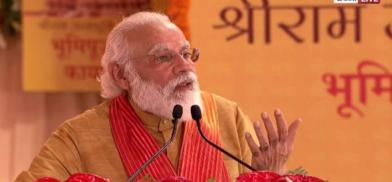
The construction of a Ram temple in Ayodhya is an instrument to unite the country, Prime Minister Narendra Modi said after laying the foundation stone for the temple at Wednesday’s ceremony at the ancient pilgrim town of Ayodhya in Uttar Pradesh that was watched by millions of Indians. He said 5 August should be considered as important a date in the history of India as 15 August, Independence Day.
“Ram is everywhere, Ram belongs to all,” said Modi as he consecrated construction of a multimillion rupee "grand temple" that is to be built on a site where the 16th century Babri Masjid once stood, which Hindus believe was built after razing an ancient temple dedicated to popular deity Lord Ram, revered by Indians around the world.
Modi termed the upcoming Ram Janmabhoomi temple as a “modern symbol of our culture, eternal faith and national spirit”, and stressed the need of “sabka saath, sabka vishwas” (growth for all, trust of all).
“Whenever humanity believed and followed Ram’s path, there was progress. When there were diversions from the path, there was destruction. We have to bind the foundations of the Ram Mandir in the bond of mutual brotherhood. We must keep everyone’s feelings in mind, must ensure sabka saath, sabka vishwas,” he said, adding that this was the way to achieve his stated goal of ‘sabka vikas’ or development for all.
“I am deliberately using the word modern. This temple will be a symbol of our faith, our nationalism and our collective resolve,” he said.
Explaining why the date of the 'bhoomi pujan' (groundbreaking) of the Ram Mandir should be considered on a par with Independence Day, Modi said: “During our freedom struggle everyone sacrificed for our freedom. Just as 15 August symbolises the end of our struggle for freedom, where the entire country played its part, for the Ram Mandir, people have made a number of sacrifices and struggled. And today symbolises the culmination of the fight for a Ram Mandir for centuries.”
According to The Print, Modi termed it an emotional moment for the nation. “The entire country is excited and emotional today. The wait of centuries is ending today. Many are not even able to believe that they are witnessing this day.”
He added that efforts were made to erase the existence of Ram, but the deity resides in everyone’s hearts.
“We have looked towards Lord Ram whenever we have to do something. A lot of efforts were made to destroy Lord Ram’s identity, but he still reigns in our hearts,” Modi said, saying the temple will serve as a symbol of national sentiment, collective faith and will teach us love and dedication.
Modi also said the temple would prove to be a bridge and connect the entire country, and that it signifies truth and sacrifice. The prime minister stressed that Ram is the thread of India’s unity in diversity.
“Ramayan is written in all languages… you go to Tamil Nadu you find one version, you go to Kashmir you find another,” he said.
“Indonesia, which has the maximum Muslim population in the world, has a unique Ramayan. Lord Ram is still worshipped there,” he said, elaborating on the different traditions of the Ramayan in Cambodia, Thailand and Malaysia.
He also said references to the Ramayan can also be found in Iran and China. “Sri Lanka has its own Ramayan and Nepal’s tradition is attached to Mata Janaki (Sita, Ram’s wife),” he said.
“This is an opportunity to connect people with faith, and also connect the present with the past. It is a gift to justice-loving India. The Supreme Court gave a landmark Ayodhya verdict, and people behaved in harmony,” he said.
Modi stressed that with the construction of the temple, history was being repeated.
Modi’s party, the BJP, was closely associated with the Ram Janmabhoomi movement in the 1990s, and he himself was visiting Ayodhya after 29 years.
He highlighted that the Ram Janmabhoomi has become liberated from the cycle of breaking down and building up again, and that a grand temple for Ram Lalla would be constructed in place of tents now.
“For years, Lord Ram lived under a tent… a centuries-long wait comes to an end,” he said.
He stressed that the temple would boost the economy of the region.
“We are building a Ram circuit in Ram’s own city. The Ram temple will help the economy of this region. Not only will Ayodhya gain importance, but the entire economy will be transformed, as it will see people from across the world coming in,” he said.
However, the message the Prime Minister tried to drive home was larger. "This day is proof of the truth of the resolve of crores of devotees. This day is a unique gift of a just, fair India to truth, non-violence, faith and sacrifice," he said. (IANS)



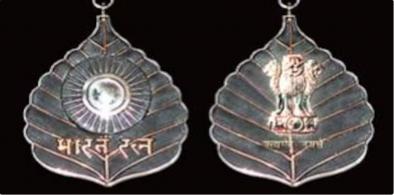
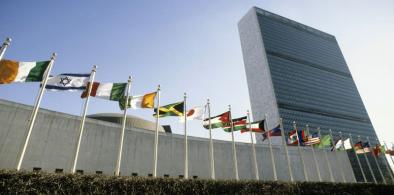

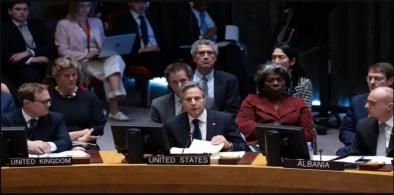

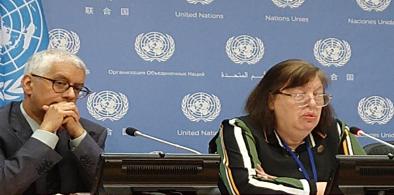
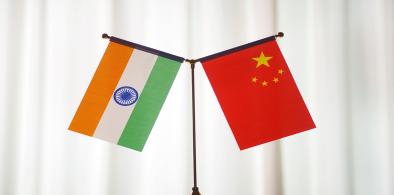







Post a Comment